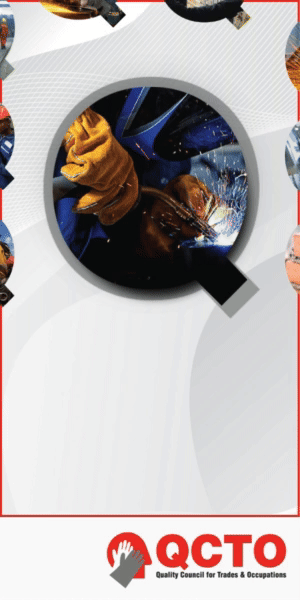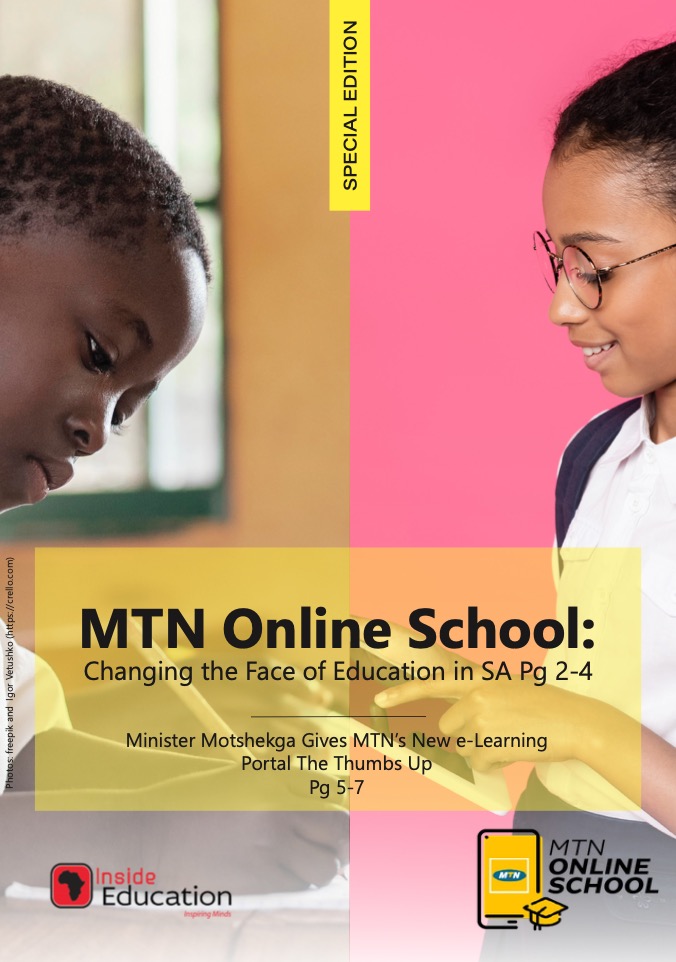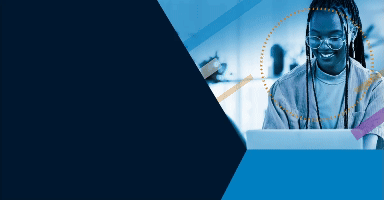By Thapelo Molefe
South Africa’s education system faces critical challenges as learning outcomes stagnate and budgets decline, according to a recent World Bank report.
Speaking at the launch of the 15th South Africa Economic Update this week, the programme leader for human development at the World Bank, Elizabeth Ninan, highlighted the urgent need for foundational learning reforms and improved resource allocation.
“There are overdue reforms in the education space, particularly related to foundational learning,” Ninan stated.
“At the same time, we are facing a tight fiscal environment where budgets in real terms are going down, while the number of children entering the system is growing.”
The report underscores SA’s struggle with early-grade reading proficiency, a fundamental building block for learning.
Despite progress made in the early 2000s, reading levels have plateaued. Alarmingly, 81% of Grade 4 learners cannot read a simple text with comprehension.
Luis Crouch, co-author of the report, emphasised the scientific basis of reading education.
“Reading has to be explicitly taught until it becomes as automatic as speaking. There are proven interventions that have worked in countries like Brazil, Kenya and India,” he explained.
“These interventions revolve around the five T’s’- teaching, text, time, testing and targeted instruction.”
While SA has successfully piloted interventions to improve learning outcomes, Crouch emphasised the need for nationwide implementation.
“South Africa is ready to take these interventions to scale. It requires coordinated effort from the Department of Basic Education down to schools in a ‘zippered-up’ way,” he said.
“Other countries have done it, and South Africa can too. If implemented effectively, improvements in reading can be seen within a few years.”
Ninan echoed this sentiment, stressing the importance of integrating learning interventions.
“It’s not just about workbooks or teacher training in isolation; these elements need to come together in the classroom, supported by strong school leadership,” she said.
“Scaling up these efforts is what we call the overdue reform.”
The report also examines the implications of a declining education budget. In real terms, South Africa’s basic education budget has decreased from R338 billion in 2019-2020 to a projected R323 billion in 2024-2025.
This decline comes despite the country prioritising education, spending about 4% of GDP, comparable to other upper-middle-income countries such as Brazil and Botswana.
With 75% of the budget allocated to teacher wages, Ninan emphasised the need for better accountability and resource distribution.
“There needs to be a balance between teacher support, motivation and accountability,” she noted. “Currently, the system lacks strong consequences for underperformance, which needs to be addressed.”
The report also raises concerns over inequitable spending among schools. Public funding per learner should favour low-income students, yet disparities remain.
“In one province we analysed, per-learner spending for teachers was roughly equal across all school quintiles in primary education, but significantly higher in wealthier schools at the secondary level,” Ninan explained.
“More needs to be done to ensure that the best resources are allocated to the schools serving the most disadvantaged students.”
The World Bank suggests leveraging private sector involvement through models such as collaboration schools, where NGOs support public schools with teacher coaching and assessments.
In the Western Cape, such partnerships have yielded promising results, with language scores improving by 8-12 percentage points over three years.
“There’s potential to explore other models, such as charter schools or hybrid approaches, to bring innovation to the system,” Ninan suggested. “The key is to identify what works and scale it up effectively.”
The report concludes with three priority actions: focusing on the five T’s to improve foundational learning, establishing clear learning benchmarks and strengthening early childhood development programmes.
“These benchmarks developed in all official South African languages provide clear targets for teachers, parents and school leaders,” Ninan said.
“For example, a Grade 1 child in Nguni languages should be able to sound out 40 letters correctly. These are simple, concrete targets that can drive progress.”
With the right interventions and systemic improvements, the report argues, South Africa can significantly improve learning outcomes and ensure that its education system is both equitable and effective.
INSIDE EDUCATION







